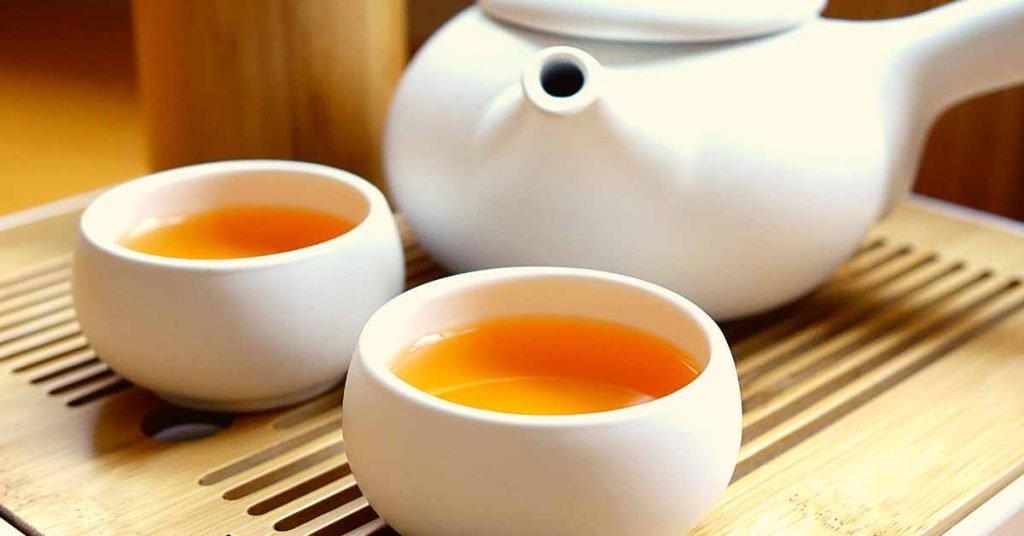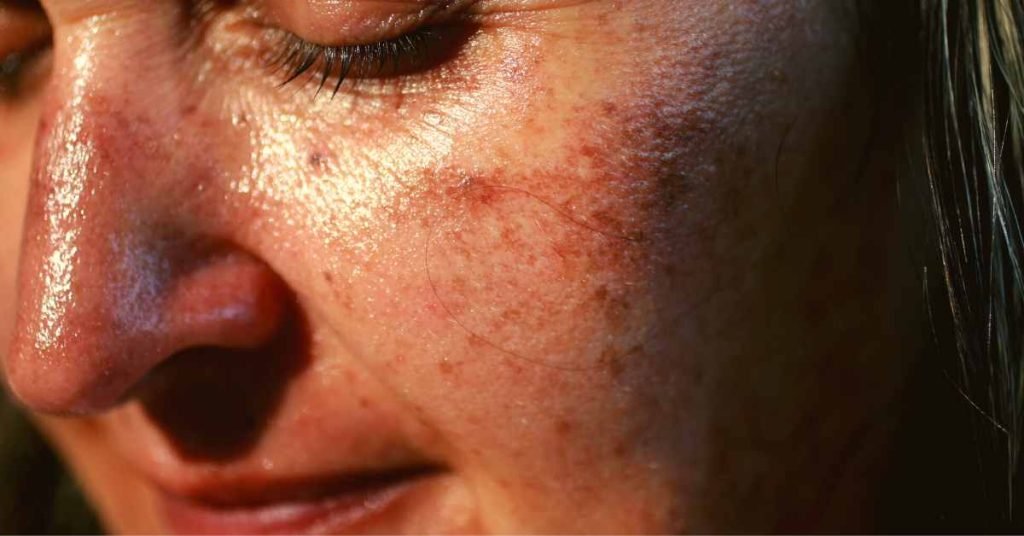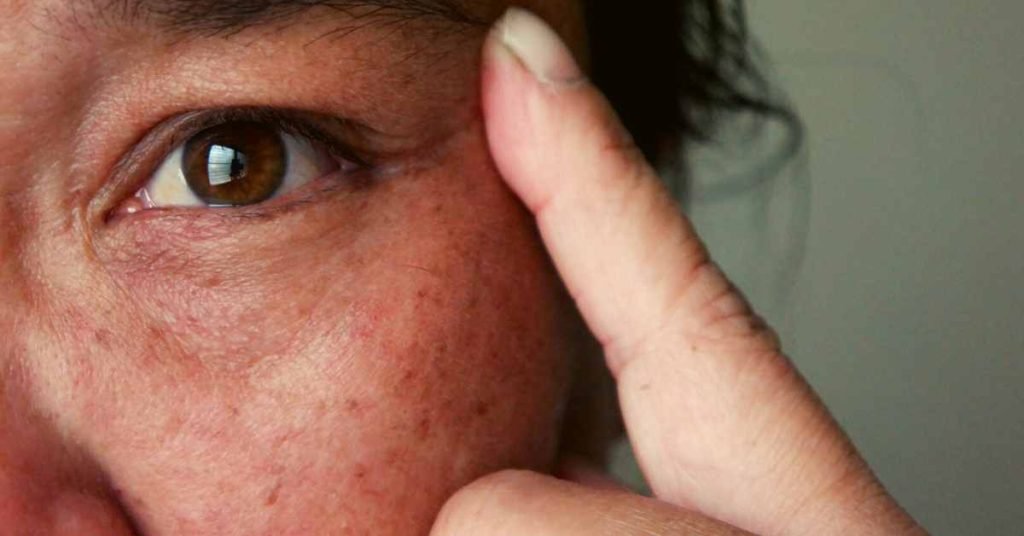The world of skincare and wellness is ever-evolving, with enthusiasts constantly seeking natural remedies to enhance and preserve their skin’s health.
One intriguing avenue gaining attention is the relationship between skin pigmentation and tea consumption.
Tea, a beverage with a rich history dating back centuries, is not only a source of comfort and refreshment but also harbors compounds that may impact skin health.
In this article, we will delve into the intricate connection between skin pigmentation and tea, exploring how various types of tea, their antioxidants, and other bioactive compounds might influence skin tone and complexion.
Understanding Skin Pigmentation

Before delving into the relationship with tea, it’s crucial to grasp the basics of skin pigmentation.
Skin color is pre-determined by melanin. Melanin is a pigment produced by melanocytes, specialized cells found in the epidermis.
There are three main types of melanin: eumelanin, responsible for brown and black hues, pheomelanin, contributing to red and yellow tones, and neuromelanin, present in the brain
Genetics play a significant role in determining an individual’s baseline skin color, but various external factors, such as exposure to sunlight and certain foods, can influence pigmentation.
Melanin serves as a natural defense mechanism against UV radiation, absorbing and dissipating the harmful effects of sunlight.
However, imbalances in melanin production can lead to hyperpigmentation (darkening) or hypopigmentation (lightening) of the skin.
Tea and Skin Pigmentation
Tea, derived from the leaves of the Camellia sinensis plant, is a complex infusion of bioactive compounds, including polyphenols, catechins, theaflavins, and thearubigins.
These compounds, known for their antioxidant properties, have been associated with a myriad of health benefits, including potential effects on skin pigmentation.
Green Tea and Skin Brightening

Green tea, celebrated for its high polyphenol content, has been a focus of research exploring its impact on skin health.
Epigallocatechin gallate (EGCG), a potent catechin in green tea, is known for its antioxidant and anti-inflammatory properties.
These attributes may contribute to skin brightening by reducing inflammation and inhibiting melanin production.
Studies have suggested that green tea extracts may help mitigate hyperpigmentation by interfering with the enzyme tyrosinase, a key player in melanin synthesis.
By regulating melanin production, green tea may contribute to a more even skin tone, making it a popular ingredient in skincare formulations targeted towards brightening and complexion correction.
Black Tea and UV Protection
Black tea, another derivative of Camellia sinensis, undergoes fermentation, leading to the formation of theaflavins and thearubigins.
While not as abundant in catechins as green tea, black tea offers unique compounds that may benefit the skin.
Theaflavins, in particular, have demonstrated potential in protecting the skin against UV radiation. UV exposure is a significant factor influencing skin pigmentation, as it triggers melanin production as a defense mechanism.
By acting as a shield against UV rays, black tea may indirectly contribute to maintaining a more stable and even skin tone.
White Tea and Anti-Aging

White tea, the least processed among the tea varieties, retains a high concentration of antioxidants.
These antioxidants, including catechins and polyphenols, exhibit anti-aging properties that may influence skin pigmentation
The oxidative stress induced by environmental factors can accelerate skin aging and contribute to uneven pigmentation.
White tea’s antioxidant-rich profile may help neutralize free radicals, potentially slowing down the aging process and preserving a youthful complexion.
Herbal Teas and Skin-Supportive Compounds
Beyond traditional teas, herbal infusions, such as chamomile, rooibos, and hibiscus, are gaining popularity for their potential skin benefits.
Chamomile, in particular, contains anti-inflammatory and antioxidant properties that could contribute to a calmer complexion. Rooibos and hibiscus teas are rich in polyphenols, which may support overall skin health.
Final Word
While the relationship between skin pigmentation and tea is a fascinating area of study, it’s essential to approach these findings with a balanced perspective.
Individual responses to tea consumption can vary based on genetics, lifestyle, and overall skincare habits.
While tea, with its diverse array of bioactive compounds, may offer benefits to skin health, it should not be considered a standalone solution for addressing pigmentation concerns.

Incorporating tea into a well-rounded skincare routine, alongside other proven practices such as sun protection, hydration, and a balanced diet, may contribute to a healthier complexion.
As research in this field continues to unfold, the age-old tradition of sipping tea may hold even more secrets to unlocking the secrets of radiant and vibrant skin.
MEDICAL DISCLAIMER
Itsnevernotteatime.com cannot and does not contain medical/health advice. The medical/health information is provided for general and educational purposes only and is not a substitute for professional advice.




